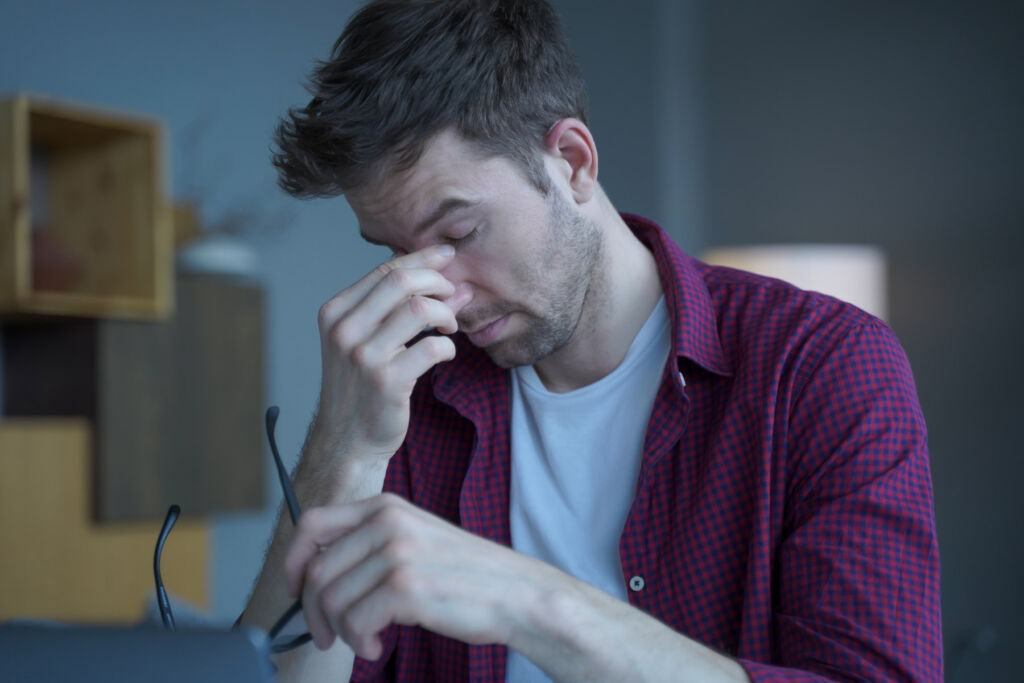
Shocking research published in a new report – Look Around: The Potentially Devastating Consequence Of Dry Eye Disease – by Rohto Dry Aid – a scientifically backed eye drop treatment for Dry Eye Disease – has found that half of Brits have never heard of Dry Eye Disease.
This is despite 50% of us enduring bothersome symptoms of this potentially sight-destroying condition.[1] What’s more, 68% of those questioned in the Rohto Dry Aid research report were actually unaware of what eye problem was causing their symptoms[2].
Speaking of Dry Eye Disease, Optometrist Francesca Marchetti, an avid user and advisor of Rohto Dry Aid, explains, “Scientifically known as keratoconjunctivitis sicca, Dry Eye Disease occurs when tears are unable to provide enough lubrication for the eyes, resulting in dry eyes. It can cause problems for a person’s vision, and this can spread to other areas, affecting their mental health too.”
Diagnosis involves a comprehensive eye examination. Luckily, Dry Eye can be treated, and scientifically-backed Rohto Dry Aid eyedrops are one such solution that tackles both types of dry eye disease: Aqueous-Deficient Dry Eye (ADDE) and Evaporative Dry Eye (EDE).
Dry Eye Disease 101
Our tears are essential for maintaining the health of the front surface of the eye and for providing clear vision. They provide lubrication, too, and reduce the risk of eye infection as they wash away foreign matter in the eye.
There are, in fact, two types of Dry Eye Disease: Aqueous Deficient Dry Eye and Evaporative Dry Eye. Often, Dry Eye sufferers experience a combination of both types[3].
“Aqueous Deficient Dry Eye occurs when the tear glands don’t produce enough tears,” says Francesca Marchetti. “Evaporative Dry Eye, which accounts for 85% of Dry Eye cases[4], is caused by a damaged tear film lipid layer, allowing tears to evaporate. Evaporative Dry Eye is mainly caused by Meibomian Gland Dysfunction (MGD).”
Delving deeper into Dry Eye Disease, Francesca Marchetti explains that there are two sets of glands involved. “These are the Meibomian glands and the lacrimal glands, which are responsible for the production of fluids that maintain the tear film.
Our tear film has multiple layers[5], which together help to prevent evaporation of the tear film, provide protection from infection, stop germs, bacteria and particles from entering the eye and contain proteins including immunoglobulins, which protect against infection, and mucin proteins, which reduce friction when blinking.”
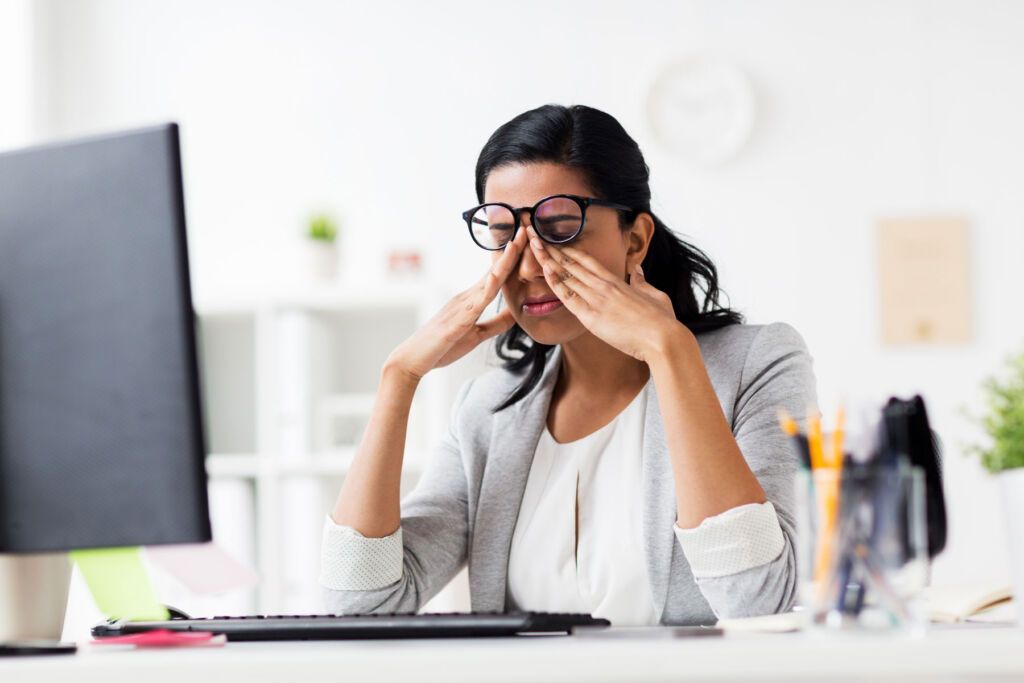
The symptoms of Dry Eye Disease
Francesca Marchetti says that the symptoms of Dry Eye Disease can range from tired and itchy eyes to headaches, light sensitivity and blurred vision. In fact, according to Rohto Dry Aid’s research report, half of Brits say they experienced dry eyes, 49% had tired eyes, 40% had scratchy eyes, and 31% had red eyes[6].
“You must seek help if you’re experiencing any of the symptoms of Dry Eye Disease. If not treated, this condition can lead to poor mental health due to eye pain and vision issues, anxiety, difficulty with overall vision, blurry vision and even blindness,” warns Francesca Marchetti.
What’s causing your dry eye?
Too much screen time plays a big part in the development of Dry Eye Disease. The Rohto Dry Aid research report found that the risk of dry eye in those who used digital screens for more than four hours per day was 1.7 times higher than in those who spent less than two hours using screens a week[7].
“When we stare at screens, we’re less likely to blink, which can cause drying of the eyes,” says Francesca Marchetti. “You must take regular screen breaks, at least once an hour as a minimum.”

Francesca Marchetti explains that age plays a factor, too. “From the age of 39, the quantity and quality of tears produced by the body decreases[8]. Plus, hormonal changes in females caused by pregnancy, oral contraceptives and menopause can also lead to symptoms.”
“Postmenopausal women over 50 are twice as likely to have Dry Eye Disease as men over 50[9],” says Women’s Health expert and advisor to Rohto Dry Aid, Dr Catherine Hood. “The changing levels of the hormone’s oestrogen and androgen during menopause can cause a reduction in tear production.”
Dry Eye Disease symptoms can be exacerbated by certain medications, too, according to Francesca Marchetti. “Antihistamines, decongestants, blood pressure medications and antidepressants can reduce tear production[10]. Speak to your GP to assess potential alternative medications.”
Exposure to smoke, wind, dry climates and air conditioning can also increase tear evaporation, resulting in Dry Eye Disease symptoms.
“Wraparound glasses can be helpful here, and avoiding air-conditioned places, as well as lowering central heating, will also be good to lessen symptoms,” says Francesca Marchetti.
Rohto Dry Aid: the sight saviour
To fight against Dry Eye Disease, Rohto Pharmaceuticals, the world leaders in eye care and eye care specialists since 1909, have created Rohto Dry Aid, a clinically proven eye drop treatment for Dry Eye Disease with a focus on both types of Dry Eye – Aqueous-Deficient Dry Eye (ADDE) and Evaporative Dry Eye (EDE).
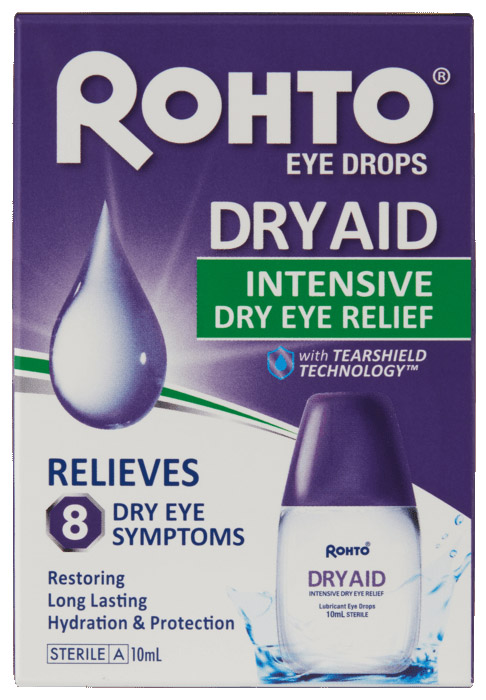 Rohto Dry Aid provides fast, soothing relief for up to 12 hours, and it provides relief for the eight main symptoms of Dry Eye, including dryness, soreness, itchiness, irritation, burning, grittiness, stinging and tiredness.
Rohto Dry Aid provides fast, soothing relief for up to 12 hours, and it provides relief for the eight main symptoms of Dry Eye, including dryness, soreness, itchiness, irritation, burning, grittiness, stinging and tiredness.
A UK user trial involving 107 adults suffering from Dry Eye Disease symptoms found that 97% of the volunteers reported symptom relief in just two minutes or less when using Rohto Dry Aid.
“Break the cycle of Dry Eye Disease with a technologically advanced product filled with science-backed ingredients that work to hydrate and restore the natural tear film layers,” says Francesca Marchetti.
“And because Rohto Dry Aid caters to both types of Dry Eye Disease, it’s actually ideal for those who are perhaps unaware which type of Dry Eye they actually suffer from.”
Francesca Marchetti adds, “Evaporative Dry Eye requires lipid-based products to help repair the lipid layer. If the lipid layer isn’t repaired, the tears will continue to evaporate, and the uncomfortable cycle of Dry Eye Disease will continue.”
Smart Tearshield Technology
Rohto Dry Aid contains a unique Tearshield Technology. This repairs the lipid layer – sealing in (lipid shield) and repairing the aqueous layer, in turn restoring the natural tear’s health.
Eye products can often be daunting to use. After all, they’re dealing with a very sensitive and delicate part of the body. Rohto Dry Aid is a scientific research collaboration with two, panel members of TFOS DEWS II (Tear Film and Ocular Surface Society International Dry Eye Workshop II): Norihiko Yokoi from the Department of Ophthalmology at Kyoto Prefectural University of Medicine in Japan and Georgi As Georgiev from the Faculty of Physics at Sofia University “St. Kliment Ohridski” in Bulgaria[11].
So, it really is an expert-approved product for Dry Eye Disease, giving you peace of mind.
The beauty of Rohto Dry Aid is that it’s aimed at women and men of all ages from the age of six years, as well as women who are menopausal or postmenopausal, and everyone who frequently uses a computer plays video games or spends time looking at digital screens such as phones and the television.
Inside Rohto Dry Aid: the ingredients used
The specific, science-backed ingredients used in Rohto Dry Aid work to hydrate and restore the natural tear film layers, helping to break the cycle of Dry Eye Disease.
The ingredients used to restore the lipid layer include[12]…
Sesame oil: This has a very similar chemical structure to meibum, secreted by the meibomian glands. It thickens the lipid layer and helps create a lipid shield
over Dry Eye spots, restoring the lipid layer and preventing evaporation from the aqueous area,” confirms Francesca.
Polyoxyl Stearate: helps the lipid film become more uniform.
Menthol: Rohto’s scientific research demonstrated that Menthol in Rohto Dry Aid’s formulation helps mimic the lipid layer structure, increases the lipid layer’s stability, and enhances the upward spread of the tear film; this, in turn, enhances tear film stability[13]
Polyoxyethylene Castor Oil: a lipid which helps make meibum a more homogeneous lipid film. There are, in fact, studies which have shown that this oil reduces corneal drying and helps stabilise and thicken the tear film[14].
Ingredients that help to restore the muco-aqueous layer…
Povidone: This has the ability to hold water and coat the surface of the cells to prevent friction. It lubricates, protects, and soothes the surface of the eye, and it also works as a carrier to ensure that other active ingredients are integrated into all layers of the tear film. It also reduces water loss and protects the cornea, the clear outer layer which is found at the front of the eye.
Propylene glycol: A well-tolerated liquid which attracts water. It is clinically proven to help hydrate the tear film, particularly the mucin area. By reducing friction, it prevents damage and subsequent inflammation of the mucin area.
Poloxamers: These are thermo-responsive and, when dispersed in water, turn into hydrogels. They work in two distinct modes in Rohto Dry Aid: their lipid-friendly lipophilic blocks protect the ocular surface by binding to membrane lipids on the corneal epithelium cells or lipid area, while their hydrophilic blocks are water-retentive, contributing to tear film stability, all helping the surface of the eye.
Electrolytes: Magnesium and calcium in Rohto Dry Aid create a positive environment for the corneal stem cells, which allows them to repair and replace damage. This is achieved by maintaining a loser tear osmolarity, which reduces fluid loss from the cornea’s epithelial cells.
References:
- [1] Perspectus Global; 1000 respondents polled; Winter 2024
- [2] Perspectus Global; 1000 respondents polled; Winter 2024
- [3] https://pubmed.ncbi.nlm.nih.gov/28736340
- [4] PMC6202299
- [5] What is Dry Eye – Rohto CPD workshop – Approved C-104484.pdf
- [6] Perspectus Global; 1000 respondents polled; Winter 2024
- [7] What is Dry Eye – Rohto CPD workshop – Approved C-104484.pdf
- [8] https://rohtoeyecare.co.za/eyecare-tips/#:~:text=Hormone%20changes%20can%20lead%20to,likely%20for%20women%20than%20men.&text=From%20the%20age%20of%2039,the%20eyes%20produce%20fewer%20tears.
- [9] Travis Peck, Leslie Olsakovsky, and Shruti Aggarwal, 2017. Dry Eye Syndrome in Menopause and Perimenopausal Age Group. NCBI, [e-journal] 8(2), pp. 51-54. https://www.ncbi.nlm.nih.gov/pmc/articles/PMC5496280/
- [10] https://www.pennmedicine.org/for-patients-and-visitors/patient-information/conditions-treated-a-to-z/dry-eyes
- [11] RDA Optometry 4pp v8 (002)
- [12] RDA Optometry 4pp v8 (002)
- [13] https://www.mdpi.com/2076-3417/12 /23/12095/pdf
- [14] https://www.ncbi.nlm.nih.gov/pmc/articles/PMC9917348/
![]()

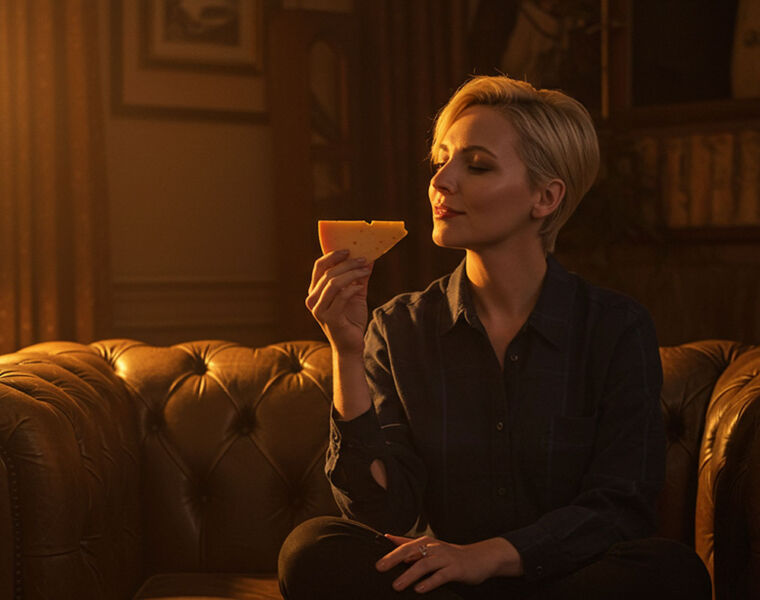

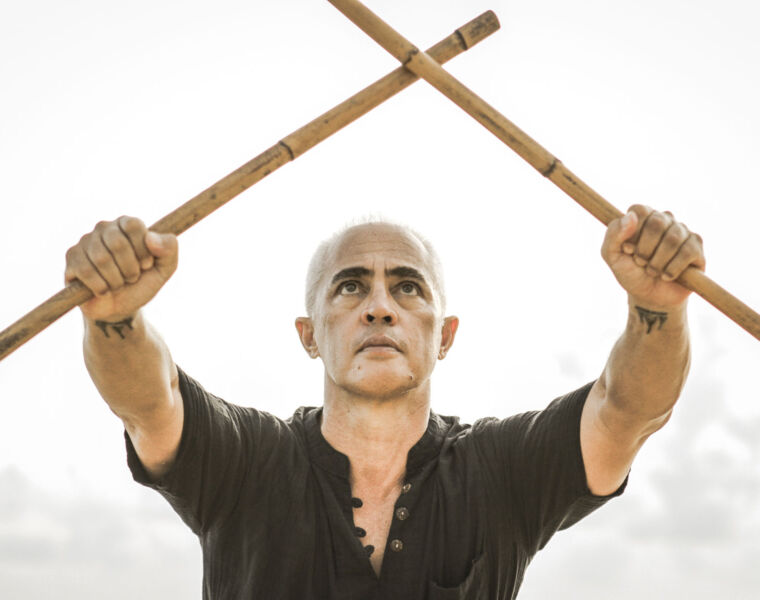
You must be logged in to post a comment.